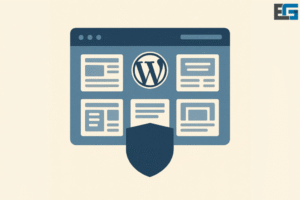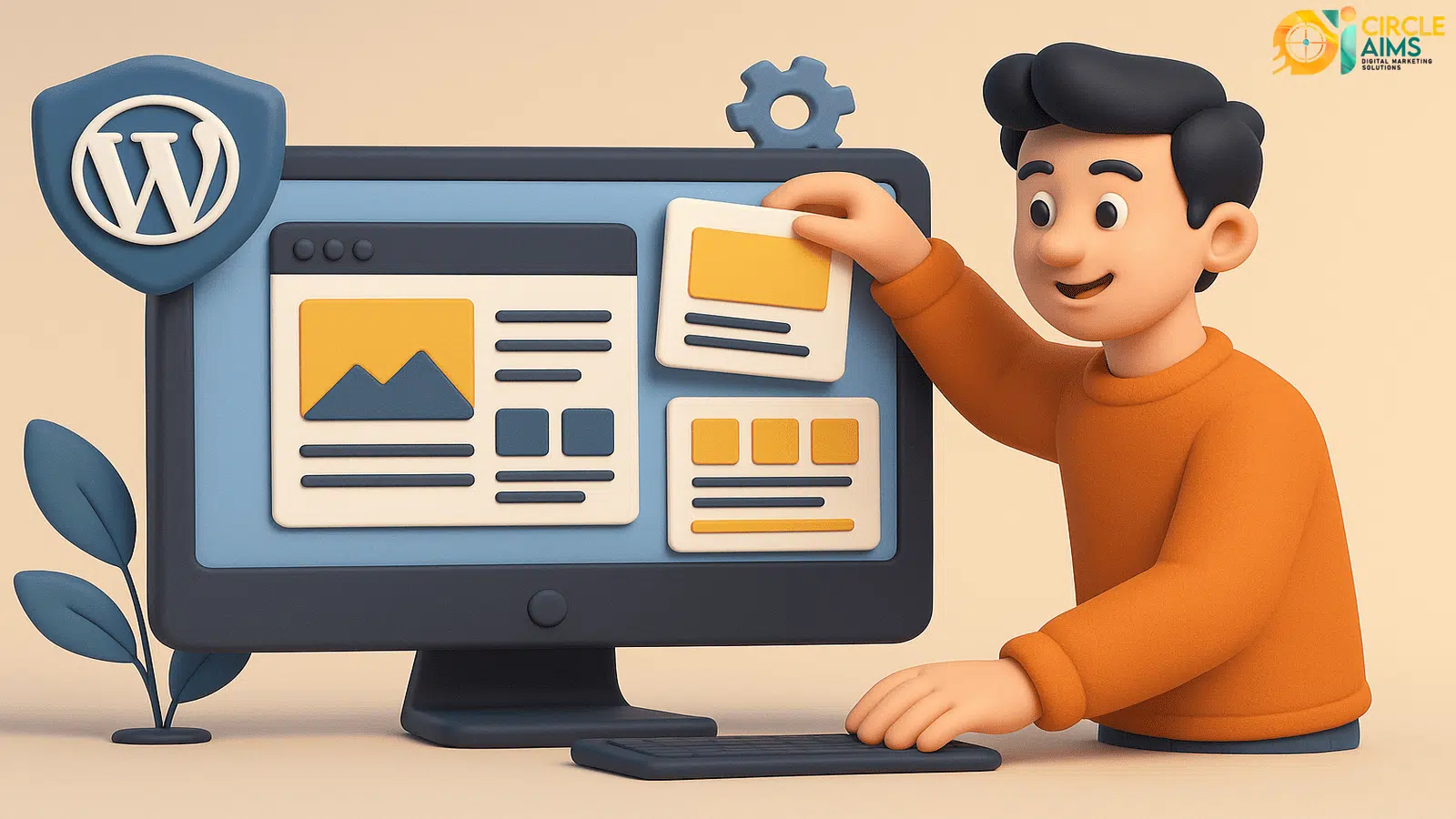Best WordPress Website Builder Templates
Introduction to WordPress and Its Importance
WordPress is one of the most prominent and popular content management systems (CMS) in the world, used to build websites of all kinds. Since its launch in 2003, WordPress has become the preferred choice for millions of users—bloggers, companies, and any entity seeking a strong digital presence. Its popularity stems from its flexibility and ease of use, making it suitable for all user groups, whether they have technical experience or not.
One of WordPress’s greatest advantages is the vast number of themes and plugins available, enabling users to tailor their sites to their unique needs. Users can choose from thousands of themes that reflect their brand identity or content focus. In addition, many plugins enhance functionality such as search engine optimization (SEO), analytics, and social media.
Moreover, WordPress combines easy customization with robust community support, helping users get assistance and advice at any time. This active community ensures regular updates and new improvements, continuously enhancing performance and security. Ultimately, thanks to these features and services, WordPress is an ideal choice for anyone seeking to build a professional, scalable website—whether for business or personal use.
Best Themes to Build a WordPress Site

What Is a WordPress Theme and Why Do You Need One?
A WordPress theme is a complete design that defines the look and functionality of a website built on WordPress. The theme is a key factor in user experience, covering elements like page layout, colors, fonts, and image styles. By choosing a suitable theme, WordPress users can ensure their site’s look reflects their identity and achieves their goals.
Themes serve multiple functions, including improving user experience and accessibility. A well-designed theme can make navigation easier, helping visitors find the content they’re looking for. Themes also provide numerous customization options, allowing users to adjust design and content sections to fit their business nature and needs.
Theme choice also plays a critical role in SEO. Some themes come with features that help improve rankings in search results, making it easier for potential visitors to discover your content. It’s therefore essential to choose a theme that’s efficient, fast-loading, and responsive across devices. You should also consider compatibility with the plugins you plan to use, as these can add further specialized functionality. Ultimately, selecting the right theme is crucial for long-term site success: a theme isn’t just a design—it’s the foundation that supports your site’s content and user journeys.
Criteria for Choosing the Ideal WordPress Theme
When selecting a WordPress theme, several core criteria help ensure an excellent user experience:
- Responsiveness: The theme should work well on phones, tablets, and desktop screens. A responsive theme improves navigation and reduces bounce rate, boosting engagement.
- Speed: Fast loading is critical. Well-built themes reduce load times, leading to smoother browsing, better SEO, and improved visibility.
- Ease of customization: Great themes let you make necessary tweaks without advanced technical skills. Good documentation and reliable support are also vital to resolve issues quickly and keep the site stable.
Choosing with these criteria in mind will improve user experience and overall site effectiveness.
Best Free WordPress Themes
Free themes are a solid option for individuals and businesses wanting professional sites without extra cost. Notable choices include:
- Astra: Renowned for speed and flexibility. Excellent performance, easy custom layouts via drag-and-drop tools, and full customization—great for blogs and business sites alike.
- OceanWP: Offers extensive display and customization options. Works well with plugins like WooCommerce, making it effective for e-commerce. Includes many demo sites to speed up setup.
- Neve: Lightweight and fast with a clean, simple design—ideal for quickly creating professional-looking sites. The free version is feature-rich with upgrade paths available.
- Hestia: Modern, polished design with practical features, great for sites that need a clean, easy-to-browse interface.
These free themes typically offer multiple customization options and receive ongoing updates and developer support—an excellent start toward a professional site. The best choice depends on your site’s nature and goals.
Best Premium WordPress Themes
Premium themes are popular among users aiming for high-quality, professional sites. Benefits include:
- Advanced designs & deep flexibility: Tailor the look to your specific needs.
- Comprehensive support: Developer support helps troubleshoot issues and guides you through features—often a major advantage over some free themes.
- Regular updates: Keep compatibility with the latest WordPress versions and evolving security standards, enhancing overall site safety.
Pricing ranges from affordable to higher tiers reflecting added features and support. Investing in a premium theme can improve visitor experience, increase conversions, and provide better protection—an optimal choice for users seeking a truly professional edge.
How to Install and Customize a WordPress Theme
- Install:
- Log into your WordPress dashboard.
- Go to Appearance → Themes.
- Choose from built-in free themes or click Add New to browse/search.
If you have a theme ZIP, click Add New → Upload Theme, select the file, then Install Now. - Click Activate.
- Customize:
- Go to Appearance → Customize for a visual interface to edit site title, logo, colors, backgrounds, and more.
- Many themes include advanced layout options right in the Customizer.
- Manage menus via Appearance → Menus (add key pages like “About” and “Contact”).
- If supported, use page-builder plugins (e.g., Elementor, WPBakery Page Builder) for visual design without coding.
Following these steps, you’ll quickly shape a site that reflects your brand and needs.

Common Mistakes When Choosing WordPress Themes
- Judging by looks alone: Attractive visuals don’t guarantee performance or suitability for your needs.
- Ignoring mobile responsiveness: In a mobile-first world, a non-responsive theme can cost significant traffic—always test on multiple devices.
- Skipping reviews and user ratings: Other users’ experiences reveal support quality and update cadence.
- Using bloated, feature-stuffed themes: Too many built-in features can slow your site. Prefer simpler, clean-coded themes that are easy to extend.
- Mismatch with site goals: Choose a theme aligned with your site’s purpose (blog, store, portfolio) and brand identity.
Avoiding these pitfalls leads to better choices and results.
How to Improve a WordPress Theme’s Performance
- Measure first: Use Google PageSpeed Insights and GTmetrix for actionable speed diagnostics.
- Optimize images: Use modern formats (e.g., WebP) and compress without quality loss. Enable lazy loading to load images only when needed.
- Reduce requests: Minimize scripts and styles; combine/minify CSS/JS where appropriate.
- Security matters: Choose reputable theme sources maintained with regular reviews and updates. Reinforce protection with security plugins like Wordfence or Sucuri.
Ongoing performance and security hygiene ensures a consistently fast, stable site.
Conclusion: Choosing the Perfect Theme for Your Site
Picking the right WordPress theme greatly impacts user experience and site performance. The broad selection is empowering—but can be overwhelming. Start by aligning your choice with the type of content you’ll publish. Themes tailored to blogs, stores, or portfolios include elements that support those use cases.
Prioritize speed, responsiveness, and clean code. Confirm robust customization options—colors, fonts, and layouts—to reflect your brand. And don’t forget SEO-friendly structures to broaden your reach.
Ultimately, it’s not just about aesthetics; it’s also about functionality and comfort. Always test themes before deciding, and consult user reviews. With these practices, you’ll confidently select a theme that fits your needs and helps your site succeed long-term.



No comment